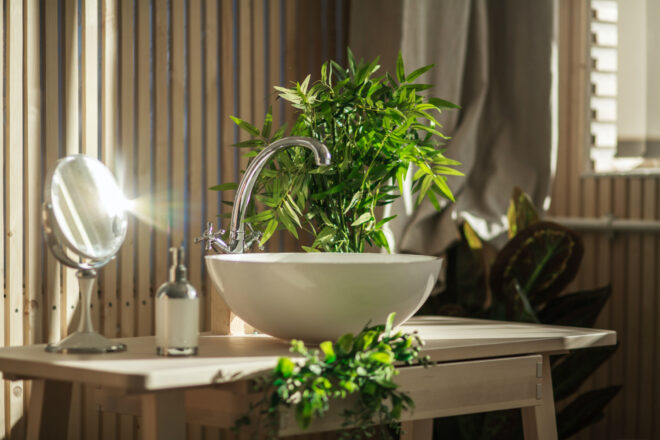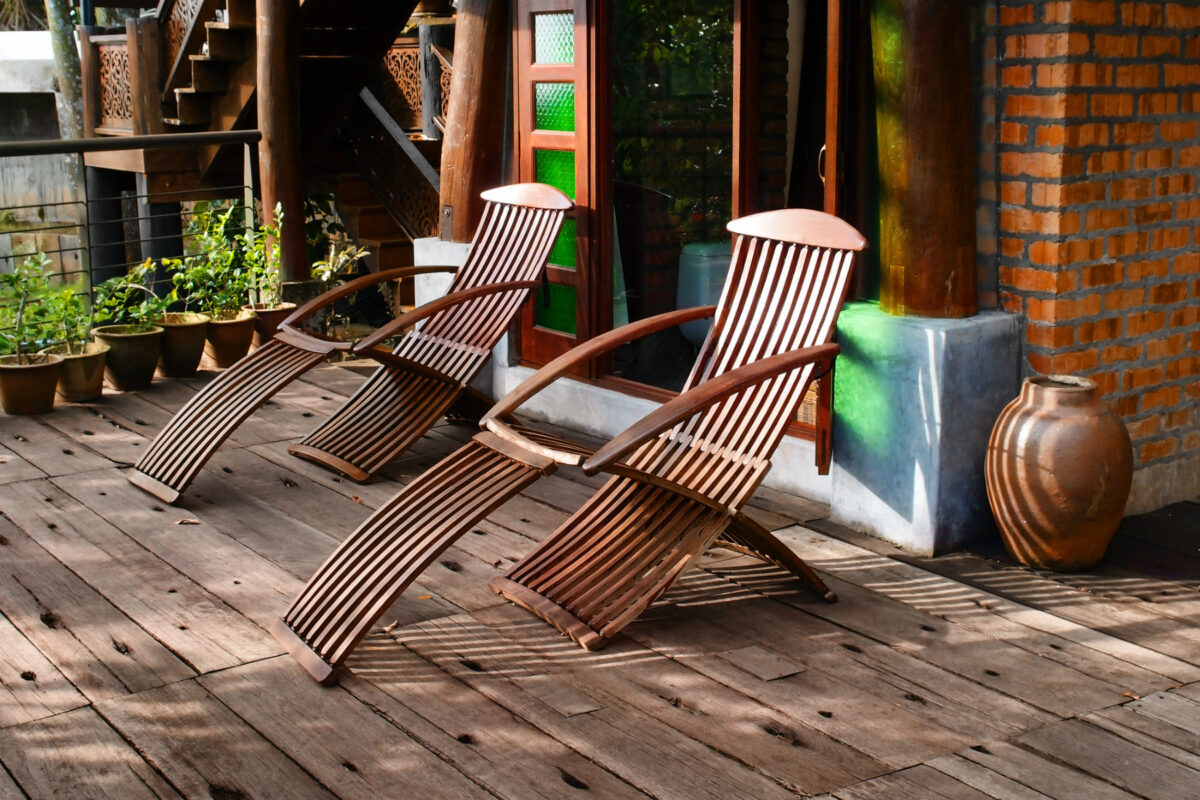So much of our lifestyle changed over the last few years. COVID brought many workers home. And even as restrictions eased, many companies decided to allow employees to continue working from home. As interest rates and home prices rise, we see a growing trend of homeowners staying in their homes for longer periods of time. Baby Boomers and millennials embraced wellness architecture in their home design more and more in the last couple of years. They also happen to be the two largest segments of the US population right now. What do they know and how can you incorporate it into your own home design?
What Is It?
Thankfully, the stigma surrounding mental health decreased over the past few years. More and more doctors include at least a few quick questions about your current mental health when they perform a check-up. It now sits right up there with keeping your physical health in check as far as I’m concerned. This means eating well, managing your stress as much as possible, and exercising. But how does wellness architecture fit in?
This form of home design focuses on creating a healthy lifestyle inside your home. For example, a home gym makes it easier to work out. A calm spa-like bathroom helps you relax. Creating a calm bedroom conducive to better sleep allows your mind to recharge. All of this is considered “wellness architecture”.
How Will You Use Your Space?
When designing/redesigning your living space, think about how you use that space. Do you need the extra bedrooms? Or would one of them provide a better use as a home gym? Maybe you need a larger primary bathroom. Perhaps knocking down the wall between an extra bedroom and your primary bathroom would allow you to expand your bathroom into the relaxing spa you actually need and will use. How can you make your kitchen more functional to allow you to create healthier meals? First, concentrate on the areas of your home that you use most. Then, redesign that space to make it better for you physically and mentally. Everyone’s needs are different. There are no right ways or wrong ways to design for your wellness.
Boost Your Mood
Studies found that even as little as 15 minutes of sun a day provides enough Vitamin D to boost your mood, strengthen your immune system, and lower your blood pressure. Working under artificial lights all day can weigh on you. So, throw those window treatments open whenever and wherever you can. Also, live plants benefit from natural light. And people benefit from allowing live plants into their homes. Sometimes, something simple as a soft, comfy blanket thrown over your couch to cuddle under when watching TV is enough of a mood booster.

Keep it Pure
Unfortunately, we expose ourselves to toxic substances every day. Reduce the toxins by using an air purifier inside your home. When renovating your property, consider using low-VOC products for paint, insulation, flooring, and sealants. Carpeting hides all manner of ills deep down. Get rid of it and replace it with wood flooring. All of these help reduce the toxins in the air.
Outdoor Living
As temperatures begin to rise, we tend to spend more time outdoors. That includes when we are at home. Create a fun outdoor living space where your kids can play while you relax. If you like to entertain, make sure you include that in your design. Also, choose outdoor furniture for its comfort as well as its ability to hold up to the elements. That way you’ll spend more time out there.


